Movement Kinetic art, Op art Role Artist | Name Jesus Soto Notable work Penetrables | |
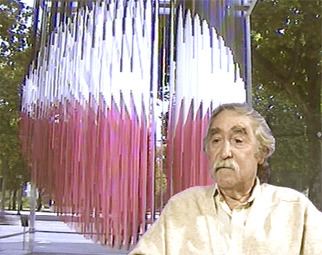 | ||
Born June 5, 1923 ( 1923-06-05 ) Ciudad Bolivar Education Escuela de Artes Plasticas y Aplicadas Artwork Light Trap, Spirales, Mirror, Untitled Parents Luis Rafael Garcia Soto Parra, Emma Soto Similar People Carlos Cruz‑Diez, Julio Le Parc, Victor Vasarely, Roberto Matta, Matilde Perez | ||
Jes s rafael soto chronochrome at galerie perrotin paris new york
Jesús Rafael Soto (June 5, 1923 – January 14, 2005) was a Venezuelan op and kinetic artist, a sculptor and a painter.
Contents
- Jes s rafael soto chronochrome at galerie perrotin paris new york
- Early life and education
- Work
- Exhibitions
- Collections
- Selected works
- References
Jes s rafael soto chronochrome at galerie perrotin paris new york
Early life and education
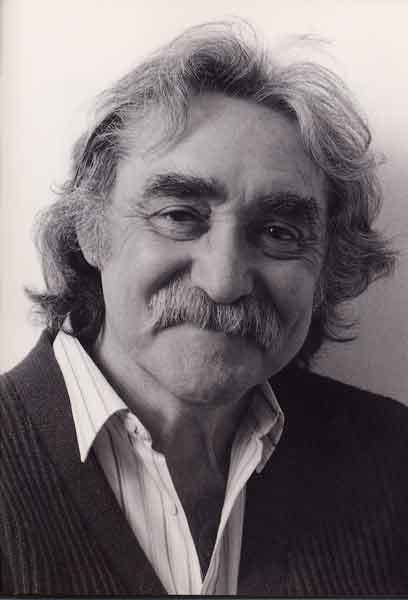
Soto was born in Ciudad Bolívar, Venezuela. He began his artistic career as a boy painting cinema posters in his native city. He received his artistic training at the Escuela de Artes Plásticas y Artes Aplicadas in Caracas.
Work
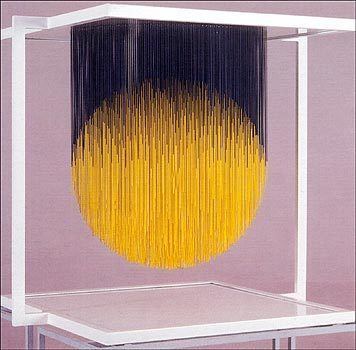
Soto directed the Escuela de Artes Plasticas in Maracaibo from 1947 to 1950, when he left for Paris and began associating with Yaacov Agam, Jean Tinguely, Victor Vasarely, and other artists connected with the Salon des Réalités Nouvelles and the Galerie Denise René. Soto's breakthrough works of the 1950s and 1960s were "geometric abstract paintings, using a limited and carefully selected array of flat colors." Caroni, for example, is a minimalist arrangement of static geometric forms in unmodulated silver, blue, and black inks on white paper.
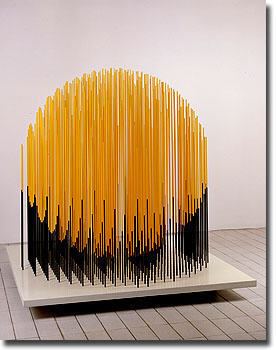
Soto was interested in perception, and this is reflected in the interactive nature of some of his work. It has been said of Soto's art that it is inseparable from the viewer; it can only stand completed in the illusion perceived by the mind as a result of observing the piece. For example, Soto created the so-called Penetrables, interactive sculptures which consist of square arrays of thin, dangling tubes through which observers can walk. Soto made over 25 Penetrables in his career.
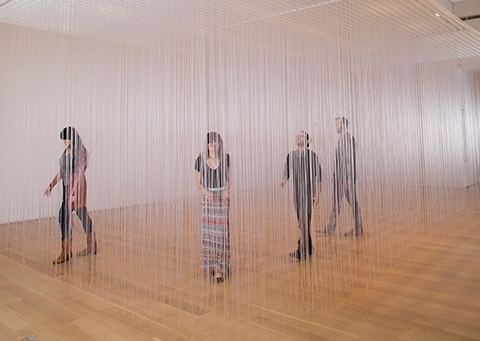
Jesús Rafael Soto died in 2005 in Paris, and is buried in the Cimetière du Montparnasse.
Exhibitions
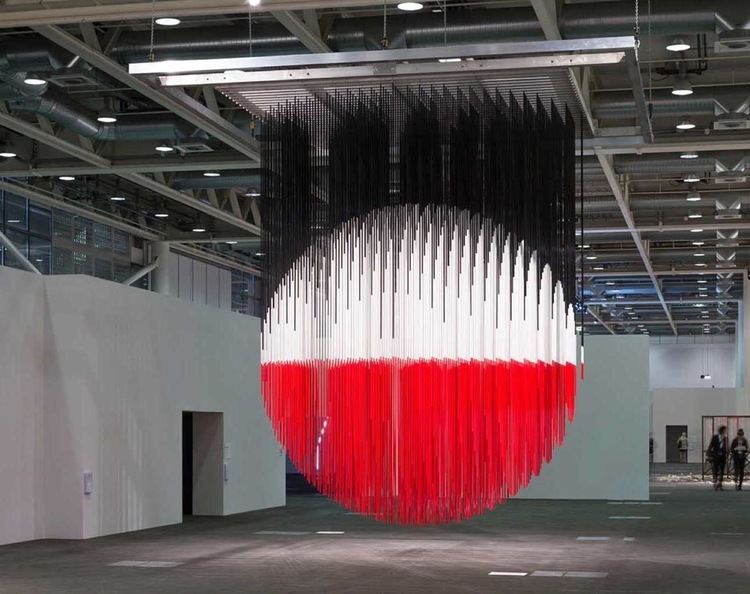
From 1970 until the early 1990s, Soto's works appeared in places such as the Museum of Modern Art and the Guggenheim Museum in New York City, as well as the Centre Georges Pompidou in Paris. In 2001, he participated in the SITE Santa Fe biennial. before his death some important mayor exhibitions has been realized, highlighting as the most important, the itinerant exhibition "Visión en Movimiento" displayed at Rufino Tamayo Museum, Mexico DF, Mexico (Nov. 10, 2005 - Apr. 30, 2006), Fundación Proa, Buenos Aires, Argentina (Jun. 13 - Sep. 17, 2006) and "Visione in Movimento" at Galleria d'Arte Moderna e Contemporanea di Bergamo (GAMeC), Bergamo, Italy (Oct. 13, 2006 - Feb. 25, 2007).
Collections
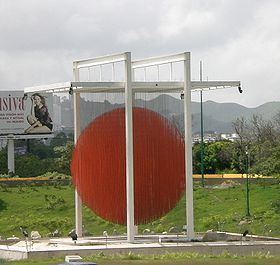
In 1973, the Jesús Soto Museum of Modern Art opened in Ciudad Bolívar, Venezuela with a collection of his work. The Venezuelan architect Carlos Raúl Villanueva designed the building for the museum and the Italian op artist Getulio Alviani was called to direct it. Unlike conventional art galleries, a large number of the exhibits are wired to the electricity supply so that they can move.
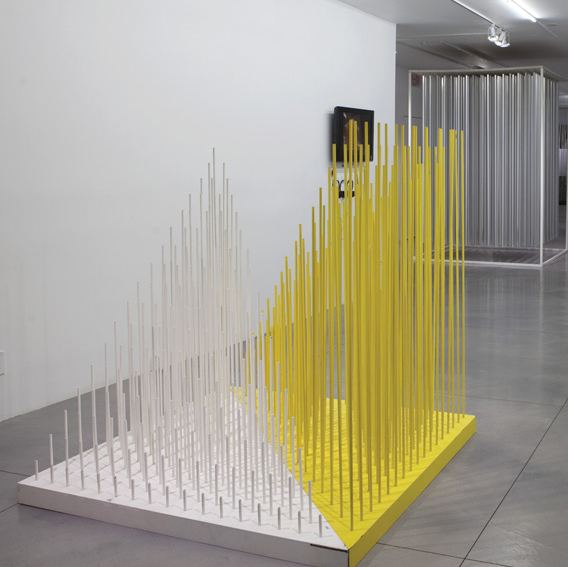
Works by Jésus Rafael Soto are included in the collections of the Museum of Modern Art, New York; Solomon R. Guggenheim Museum, New York; the Blanton Museum of Art, Austin; Tate Gallery, London; Stedelijk Museum, Amsterdam; Museum Boymans-van Beuningen, Rotterdam; Royal Museum of Fine Arts of Belgium, Brussels; Museo Nacional de Bellas Artes, Buenos Aires; Fundación D.O.P., Caracas, Madrid & Paris; Museo de Bellas Artes, Caracas; Musée d’Art Moderne de la Ville de Paris, Paris;Hara Museum of Contemporary Art, Tokyo; Musei Vaticani, Vatican, Italy.
Some of Soto's work adorns Caracas' main arts centre, the Teresa Carreño Cultural Complex.
